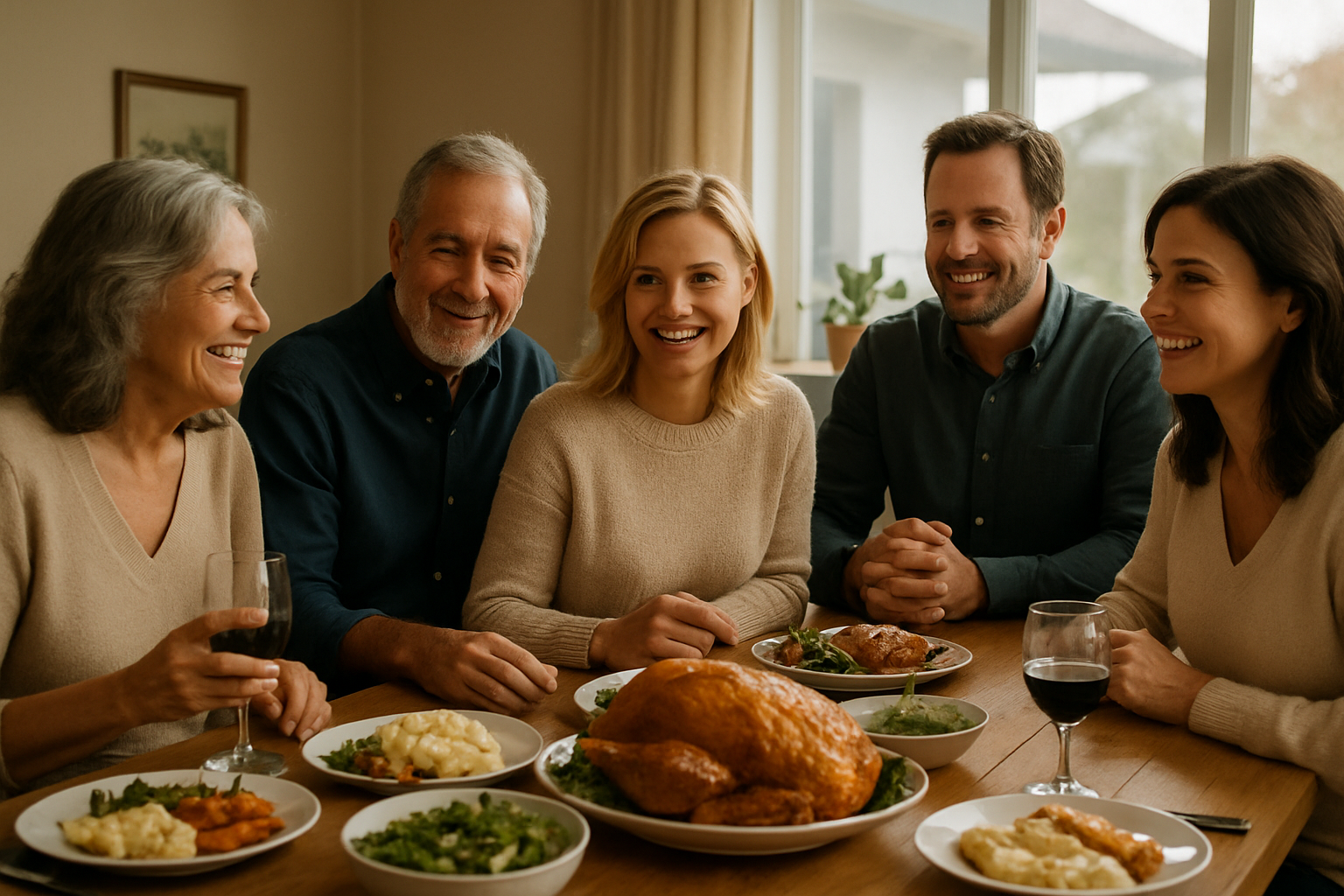End of QE May Signal Shift Toward Stocks
December 4, 2014
“Quantitative easing” has been in the news a lot lately. No, it doesn’t mean loosening your belt to accommodate all the food you ate at Thanksgiving. QE, as it’s called, is a form of monetary policy that the U.S. Federal Reserve has been engaged in since 2008. At the end of October, the Fed announced an end to the program. What is QE and what does its end mean to investors?
It’s not the printing of money
There is a popular misconception that QE is the printing of new money by our government to stimulate the economy or protect the economy from further decline. That’s not quite right, but it’s not too far off, either.
QE is the Fed’s program of buying bonds from its member banks, recently as much as $85 billion per month, in order to increase the supply of money for lending and lower interest rates — thereby, so goes the hope, stimulating the economy. Where does the Fed get all that money if they aren’t printing it? The Fed, like all central banks, has the unique ability to simply “create” money: the Fed buys bonds from a member bank not with cash but by issuing a credit to the bank’s reserve account.
Banks have a reserve requirement of about 10 percent of bank deposits. When reserves are higher, they can lend more. Thanks to QE, money has been readily available and rates low for a very long time. Most individual and business borrowers that could benefit from this easy money have already availed themselves of it. It’s been great for borrowers, but has come at the expense of savers who’ve earned next to nothing on bank deposits, certificates of deposit, bonds and other interest-earning investments.
The first rising-interest-rate environment in 30 years
Citing “substantial improvement in the outlook for the labor market” and “sufficient underlying strength in the broader economy,” the Fed has shuttered QE. The result is that we’re entering a rising-interest-rate environment for the first time in about 30 years. The Fed is also expected to raise short-term rates sometime next year. Long-term rates are likely to rise, maybe even before the Fed hikes short-term rates, as a result of economic growth and inflation.
Interest rates and bond prices
As a general rule, there is an inverse relationship between interest rates and bond prices. As interest rates rise, bond prices fall. As an investor, if you currently hold bonds, you will experience a loss of market value on that investment as rates rise. For example, if you currently hold a zero-coupon bond (zero coupon means no payments until maturity; at maturity, the investor receives the face value of the bond) with a face value of $100 that you bought for $98, you will earn just over 2 percent at maturity. If interest rates increase from 2 percent to 3 percent, the price of the bond will fall from $98 to $97 as new investors, who could earn 3 percent in the marketplace, would demand a 3 percent return in order to be incentivized to purchase your bond.
Granted, if you held your zero-coupon bond to maturity, you would still receive the full face value of $100, but your opportunity cost for holding that bond would be the lost 1 percent. For short-duration bonds (bonds that mature in the next year), that opportunity cost is relatively minimal. However, for longer-duration bonds (for example, a 30-year mortgage) that opportunity cost is significant and, as a result, the price change in the bond will be more substantial (giving up that 1 percent for 30 years as opposed to one year). Hopefully, this illustrates the principle of shortening the duration of your fixed-income portfolio as a means of limiting the impact of rising interest rates.
U.S corporate bond-issuance at all-time high
U.S. companies are already responding to the end of QE. They have issued more bonds this year than in any previous period in history. The rationale is that U.S. companies are raising “cheap” (i.e., low-interest-rate) debt today before interest rates rise in the future. This makes intuitive sense for two reasons: 1.) companies can borrow money more cheaply today than they will be able to borrow it tomorrow and 2.) interest rates rise when the economy improves. So increasingly confident U.S. companies are borrowing low-interest money while the getting’s good in order to grow their business. While over-simplifying the analysis, this is the argument for owning stocks as opposed to bonds in a rising-interest-rate environment. Stock owners are the beneficiaries of a growing business and sheltered from the risks of falling bond prices.
The best way to prepare for this change in your portfolio is to review your portfolio with your financial adviser and make sure that any allocation to bonds or fixed-income securities is appropriate for your short- and long-term needs and goals.
Phoebe Venable, chartered financial analyst, is President & COO of CapWealth Advisors LLC. Her column on women, families and building wealth appears each Saturday in The Tennessean.














